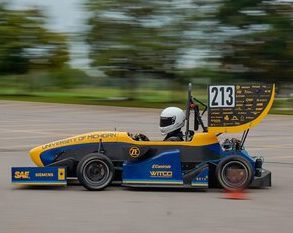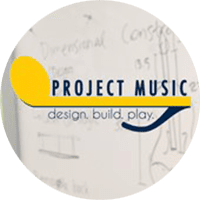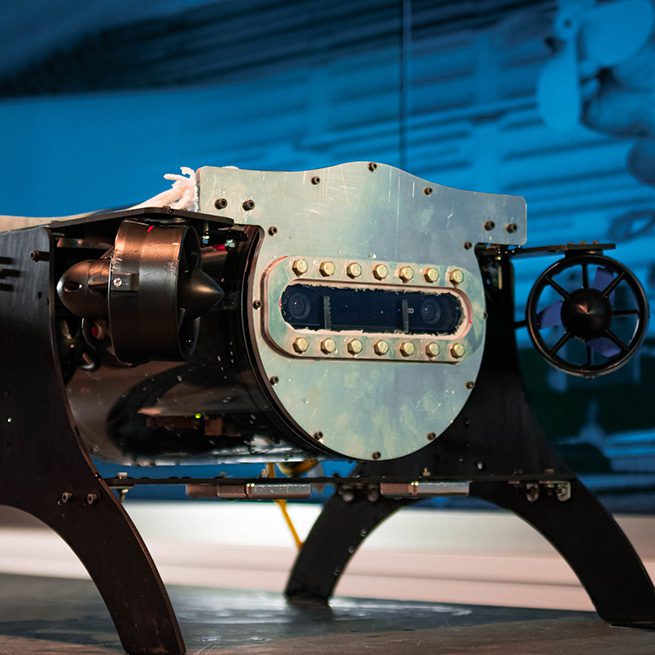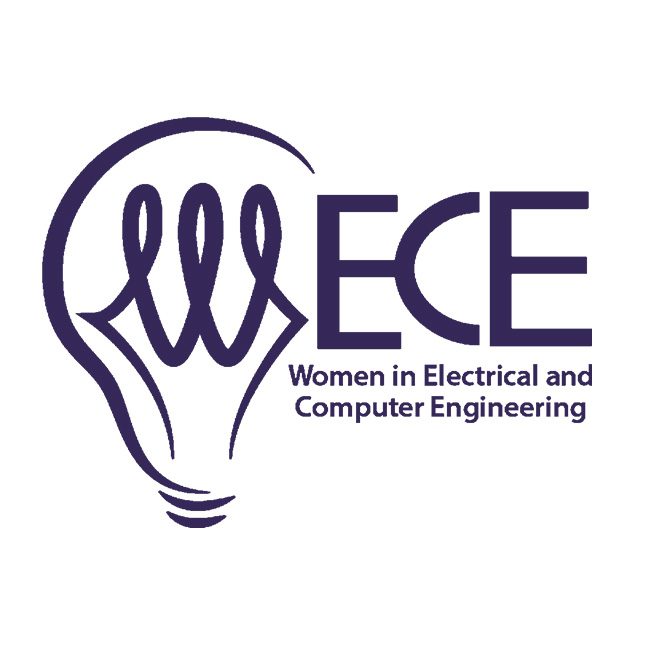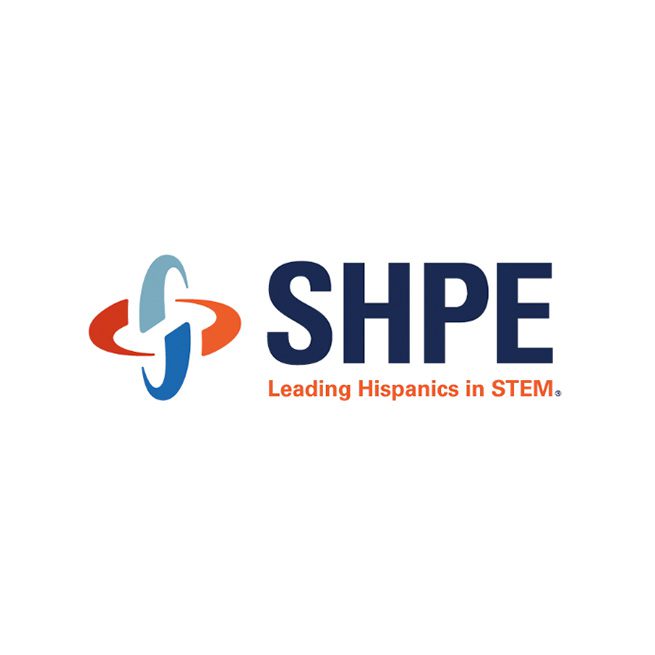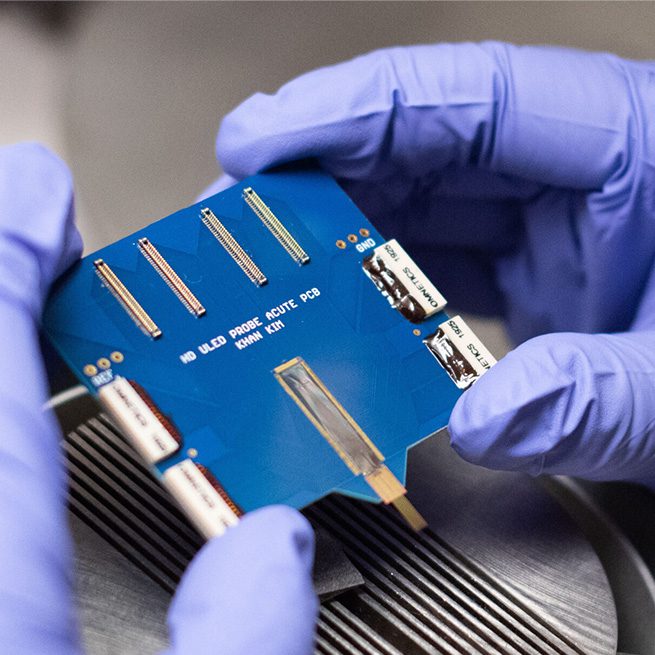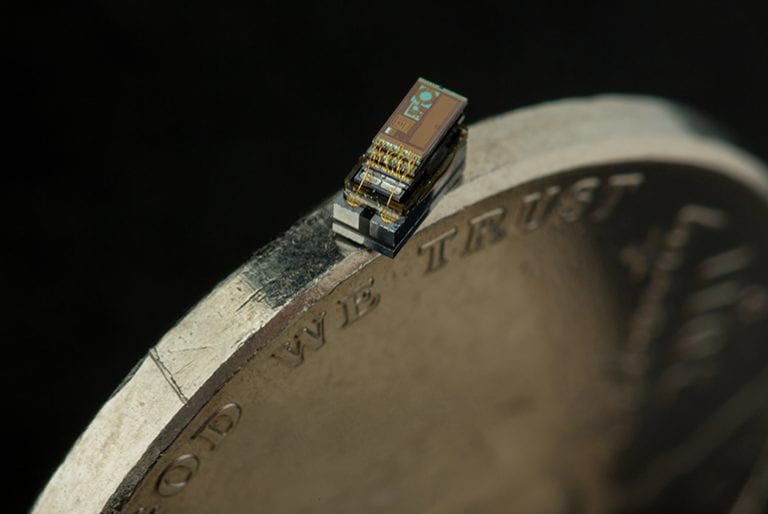
What do Electrical Engineers do?
We are the innovators that create sustainable energy systems, study the brain to better understand neurological diseases, efficiently process big data, build the computing devices that are sometimes too small to even see, manipulate the semiconductors integral to millions of applications, control robots, safely image tumors, communicate information and much more. Learn to invent, design, and improve devices that enhance life for all.

 Michigan Engineering | University of Michigan
Michigan Engineering | University of Michigan 





